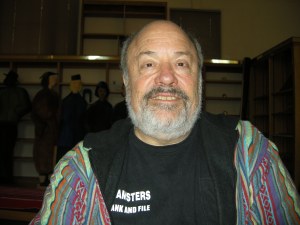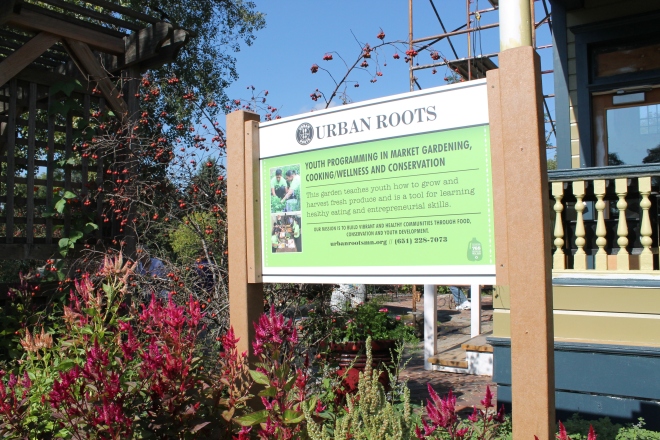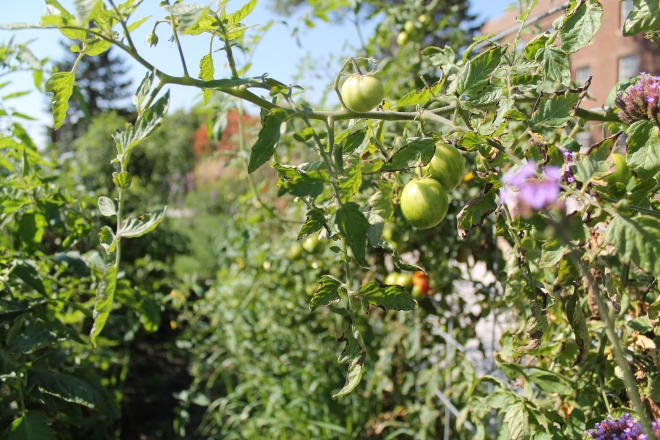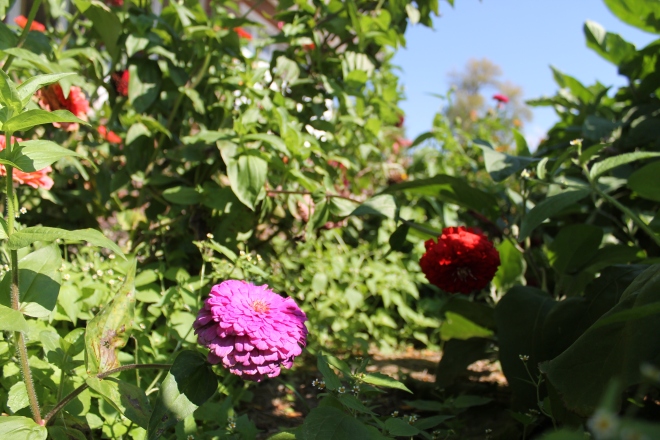Labor Historian Peter Rachleff and Library Founder Hopes to Open in 2016
Retired after 30 years of teaching at Macalester College, Peter Rachleff wanted to continue making a difference in his community.
Starting the East Side Freedom Library in St. Paul’s Payne-Phalen neighborhood in 2014 was a natural progression for the labor historian.

The difference between East Side Freedom Library and most others is the focus. All books in the collection will have a connection to labor issues, immigration, race and social justice movements. Rachleff wants to use history and storytelling to make these connections, so while the topics are limited, all genres will be accepted including nonfiction, poetry, fiction, plays and memoirs.
The ESFL’s location, housed in the building of the former Arlington Hills Branch of the St. Paul Public Library system, is also appropriate. The area itself illustrates the ups and downs of working-class neighborhoods.
About 15,000 unionized just disappeared when Hamm’s Brewery, American Hoist and Derrick, Whirlpool and 3M left Dayton’s Bluff in the late 1980s and early 1990s. The neighborhood changed as young whites left the area and the older whites who stayed felt abandoned and bitter, Rachleff said.
Of course the library’s collection, which Rachleff estimates its noncirculating collection will total 15,000 volumes, will have a reach beyond St. Paul. That doesn’t mean there will not be a good dose of local flavor in archiving the critical points in labor history. The ESFL will also house the Hmong Archives, a 20-year-old collection that includes musical instruments, videos and story cloths, visual documents Hmong women have created to tell their community’s history.
A batch of feminist literature is another important gift the library is expecting. The impact of women’s rights extends farther than most people realize.

“Women play critical roles in working-class life, in reproductive and waged labor,” Rachleff said. “Further, class relations and identities are gendered—both masculinity and femininity are shaped in terms of labor. Feminism provides us with the theoretical and analytical tools that can help us understand these dimensions of the working-class experiences.”
The ESFL in some ways is a continuation of his work with a Friends of the St. Paul Public Library project called “Untold Stories,” which features stories about working class people who are not traditionally written about.
Volunteers and interns are continuing to catalog the donated materials, which they’ve been amassing since the first of the year. About half of the 12,000 books so far, are from Rachleff himself. Other targeted donations make up the rest. While probably close to capacity (Rachleff thinks the library could hold about 15,000 books), he is expecting gift of feminist literature.
Although the library has yet to open for daily visitors, the ESFL has already been making a difference by hosting events, films and forums. The October events alone included a family-friendly play “Stripe and Spot (Learn to) Get Along,” a production by Off-Leash Area Productions; a discussion with Floyd Williams, author of The Origins of Racism and The Holy Black Papyrus; a school-board candidate meet and greet; and a conversation with film actor Roger Guenveur Smith, who was in town to perform his one-man show “Rodney King” at the Penumbra Theatre.
The space is also being used during the day for educational programming and community outreach. Recent educational events included Rachleff’s six-week course describing how to tell the story of labor through art and music and a journalism workshop by Allison Herrera of “Twin Cities Daily Planet.”
The ESFL performance space also serves as a community resource. Karen women (from Burma) have held regular weaving sessions in the basement. Rachleff offered the library space for the women he met while teaching at the Roseville Adult Learning Center after identifying issues of isolation and depression. The group weaving alleviates both – and the women are also now selling the clothes they are making.
Refurbishing the building itself has been a challenge. Replacing the roof was a top priority, and other renovations are planned, including upgrading the heating and cooling system.
However, the downstairs space will definitely continue to be a performance space, though it may be renovated. A wooden sprung floor rather than the current harder surface will make it better for performances and also suitable for yoga classes.
Rachleff hopes to open up the East Side Freedom Library at the beginning of 2016.






